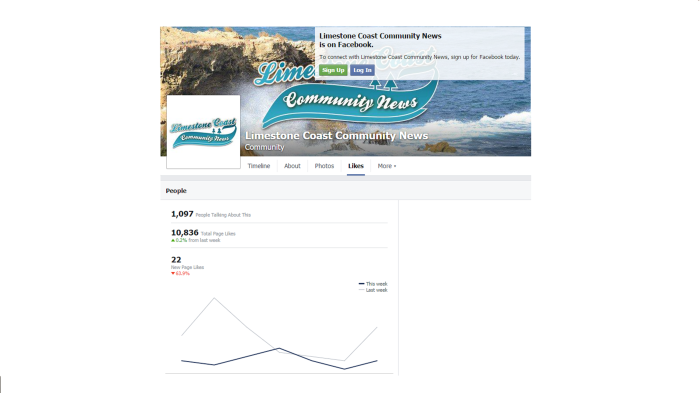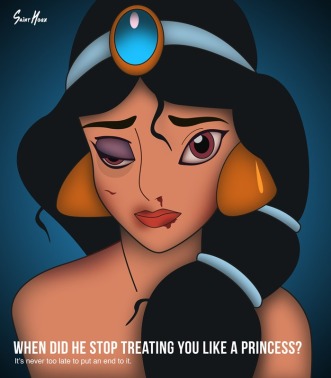MSNBC,The New York Times, WFLA-TV, Reddit and even Wikipedia – these are just some recent articles and news about @_FlordiaMan. Try google search and you will get over 400 million results!
Before its popularization through Twitter, Florida Man had already been all over the Internet. The Florida tag had originally started on Fark, a community website that allows members to comment on a daily batch of news. However, the real boom and Florida Man-ness has begun in January 2013, after the creation of the Twitter feed, followed by the immediate increase in popularity on social media sites like Reddit and Tumblr. The memes typically allude to news stories and articles about unusual and strange crimes or events occurring in Florida. Florida Man tweets consist of news headlines with “Florida Man” at the beginning (EXAMPLE: Florida Man Tries to Walk Out of Store With Chainsaw Stuffed Down His Pants).
@_FloridaMan Twitter feed, who is believed to be the “World’s Worst Superhero”, has over 290,000 followers so far and still remains anonymous! What is more, Florida Man has already found his Florida Woman! @_Flor1daWoman is the only person followed by @_FloridaMan!
I highly recommend checking out Best Florida Man Tweets ranked by @_FloridaMan himself!
Have you wondered how micro-celebrity technique works? Well, now you know! @_FloridaMan is a perfect example of a micro-celebrity! 🙂




